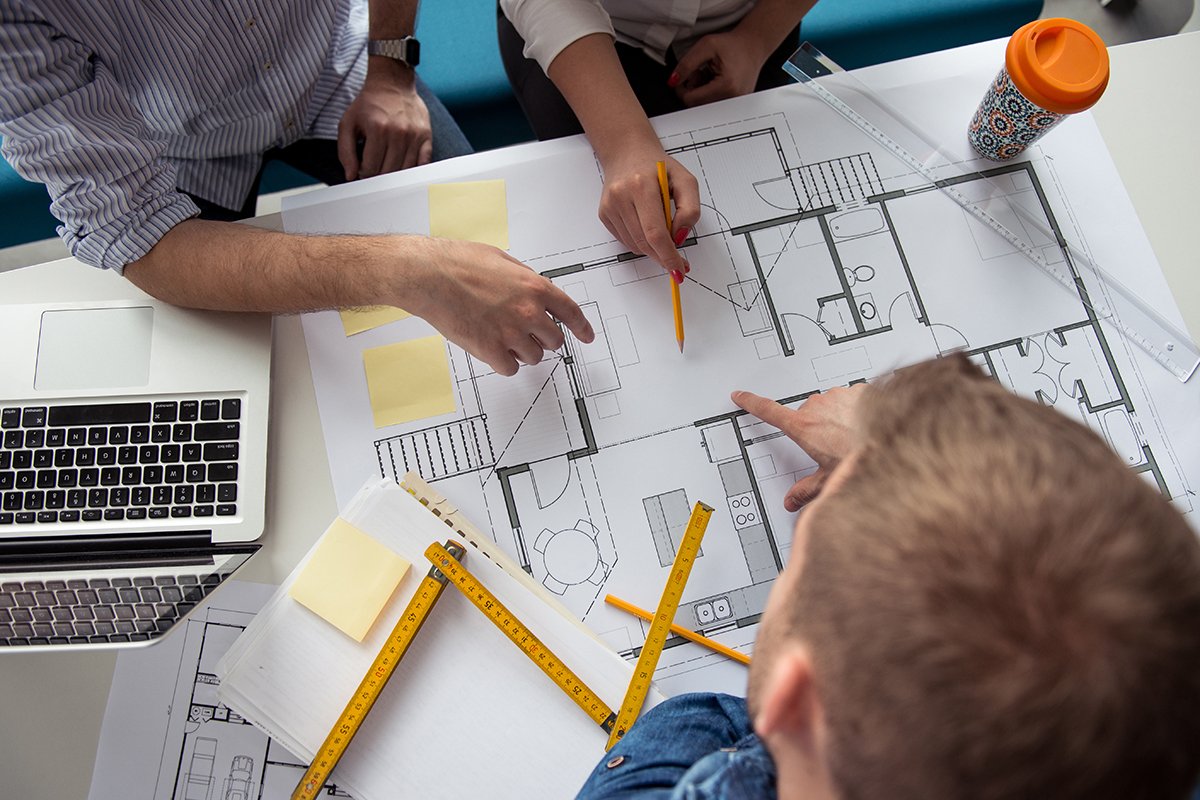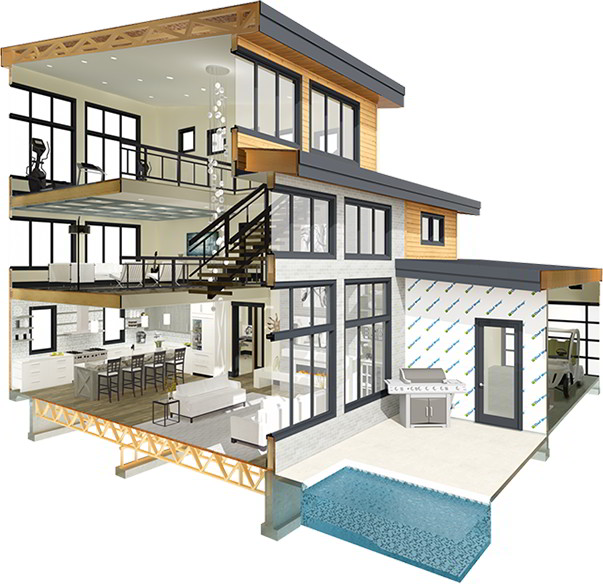The Creative Refine Behind Successful Tasks from CDA Architects
The Creative Refine Behind Successful Tasks from CDA Architects
Blog Article
The Effect of Technical Developments on the Style Practices of Contemporary Architects
The quick advancement of technological tools has actually considerably improved the style landscape for modern engineers, cultivating unprecedented levels of technology and sustainability. Discovering these dynamics discloses a nuanced interaction in between technology and typical design methodologies, prompting a closer exam of what the future holds for building methods.
Development of Architectural Tools
Just how have building tools transformed the layout and building and construction procedures over the centuries? The advancement of building tools has considerably influenced the efficiency, accuracy, and imagination of layout and construction.
With the arrival of the Renaissance, the introduction of the compass and the protractor marked a critical change. These devices enabled engineers to achieve higher accuracy in their layouts, promoting the emergence of even more intricate and proportionate structures. The Industrial Revolution further changed building exercise with the introduction of mechanical devices and materials, enabling bigger and extra ambitious projects.
In the 20th century, the growth of computer-aided design (CAD) software application changed the landscape once more, providing engineers with unprecedented capacities in modeling and visualization. Today, progressed tools such as Building Information Modeling (BIM) and parametric design software remain to push the limits of building innovation, allowing a more integrated strategy to design and construction processes.
Boosted Cooperation in Design
As innovation proceeds to progress, boosted collaboration in design has actually become a cornerstone of contemporary architectural method. The integration of electronic devices such as Building Details Modeling (BIM), cloud-based platforms, and progressed visualization software program has transformed the way designers, engineers, and stakeholders connect throughout the layout process. These devices assist in real-time communication, enabling teams to share concepts, alterations, and comments immediately, despite geographical location.

Furthermore, interdisciplinary collaboration has actually been streamlined via these technological developments, enabling designers to work more carefully with other experts, such as city organizers and environmental professionals. The outcome is an extra natural approach to develop that considers different perspectives and experience. Eventually, boosted cooperation in layout is not merely a trend; it is crucial for producing cutting-edge, functional, and cosmetically pleasing design in an increasingly intricate world.

Sustainability Via Innovation
Sustainability in style has significantly ended up being linked with technological advancement, driving the industry towards ecologically responsible methods. Contemporary engineers are leveraging advanced modern technologies to minimize environmental effect while boosting the performance of buildings. cda architects. One famous example is the use of Structure Information Modeling (BIM), which permits specific preparation and source appropriation, reducing waste throughout building and promoting energy performance throughout a building's lifecycle
Additionally, clever materials and energy-efficient systems are being incorporated into styles to optimize resource use. Technologies such as solar batteries and green roof harness eco-friendly energy resources, adding to lowered carbon footprints. In addition, the application of expert system in style procedures allows engineers to mimic and evaluate he said power intake, guiding choices toward more lasting end results.
The combination of sustainable innovations not only straightens with global ecological goals however additionally fulfills a boosting need from consumers for environmentally friendly services. As architects accept these developments, the focus shifts in the direction of developing areas that are not only cosmetically pleasing but also functionally sustainable, thus redefining the criteria of modern design. In this means, innovation acts as a catalyst for sustainability, allowing architects to develop structures that regard and boost the all-natural setting.
Difficulties in Application
While technological improvements in design hold wonderful promise for boosting sustainability, their application often comes across considerable difficulties. One key obstacle is the high discovering contour connected with brand-new technologies. Architects and building and construction professionals might call for considerable training to successfully utilize innovative software and tools, which can postpone task timelines and raise costs.
In addition, the combination of emerging technologies, such as Structure Details Modeling (BIM) and sustainable materials, often necessitates collaboration across multidisciplinary groups. This partnership can be hindered by differences in know-how, process, and interaction styles, causing prospective problems and inadequacies.

In addition, regulatory structures and building regulations might not maintain pace with technological advancements, creating ambiguity and prospective compliance concerns. This obstacle can dissuade architects from totally welcoming new innovations, as the threat of non-compliance may exceed the benefits. Consequently, dealing click resources with these execution obstacles is this website critical for the successful assimilation of technological innovations in modern building practices.
Future Patterns in Architecture
The difficulties connected with the execution of new modern technologies in architecture have triggered a reevaluation of future fads within the market - cda architects. As engineers browse concerns such as sustainability, urbanization, and social equity, they are progressively adopting ingenious modern technologies to improve style effectiveness and ecological performance
One noticeable pattern is the integration of fabricated knowledge (AI) in the layout procedure. AI devices can evaluate huge datasets to educate style decisions, boosting both creative thinking and performance. Likewise, Building Info Modeling (BIM) proceeds to develop, allowing real-time collaboration among stakeholders and helping with streamlined task management.
Lasting design practices are likewise acquiring momentum, with architects focusing on adaptive reuse and regenerative layout principles that minimize resource consumption and waste. The consolidation of clever products and renewable resource sources will further enhance the durability of buildings in the face of climate modification.
In addition, the increase of parametric design permits even more customized and context-sensitive building solutions (cda architects). By using these developments, designers are positioned to produce built environments that not just attend to the prompt demands of society yet additionally expect future challenges, thereby redefining the role of architecture in an ever-changing world
Verdict
Technological developments have considerably reshaped architectural layout practices, facilitating improved accuracy, partnership, and sustainability. The assimilation of devices such as Building Info Modeling and parametric style software program, alongside synthetic intelligence and smart products, empowers architects to address intricate difficulties extra efficiently.
Report this page